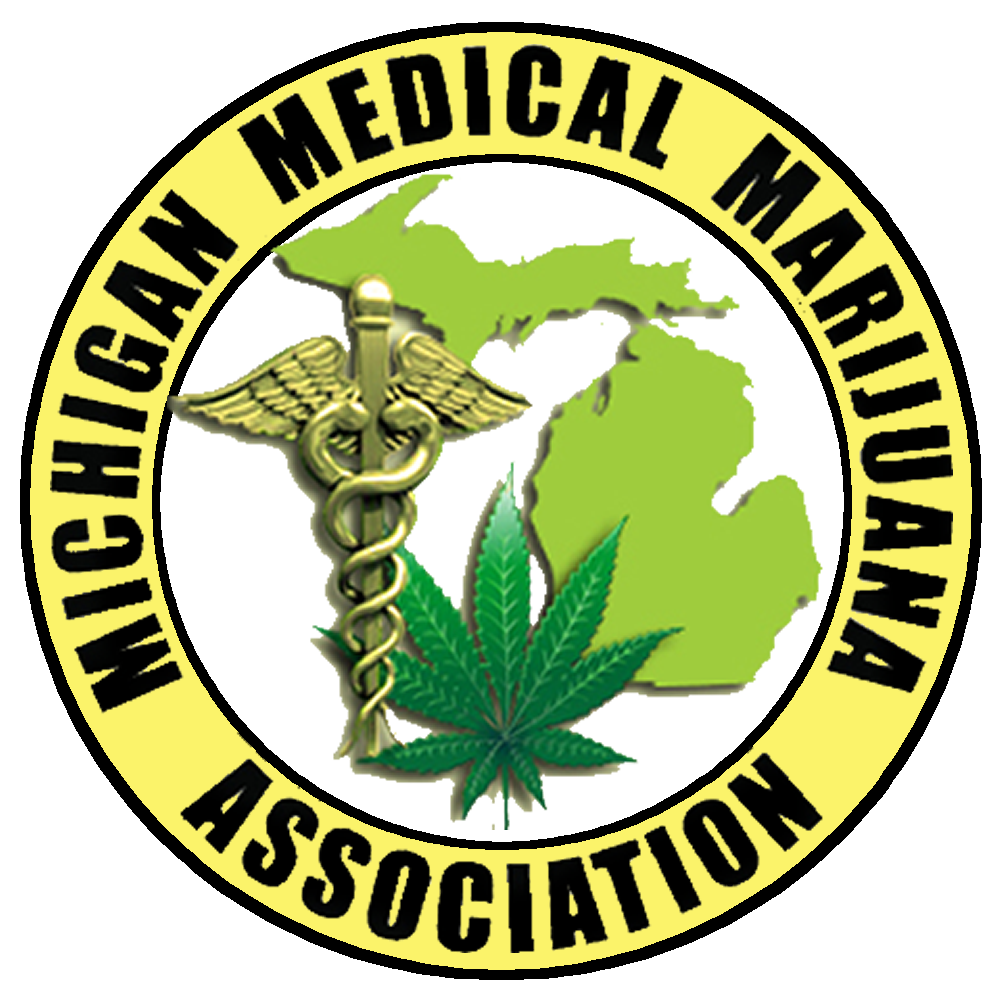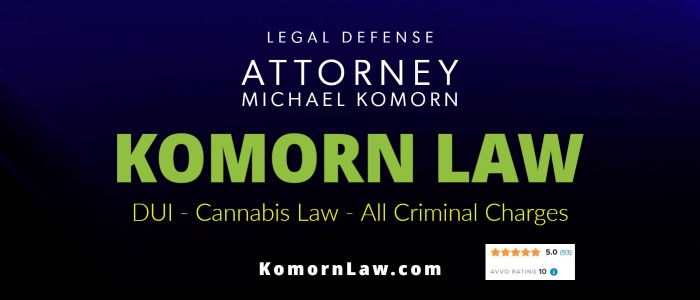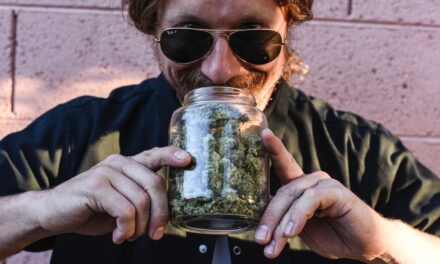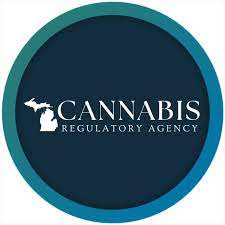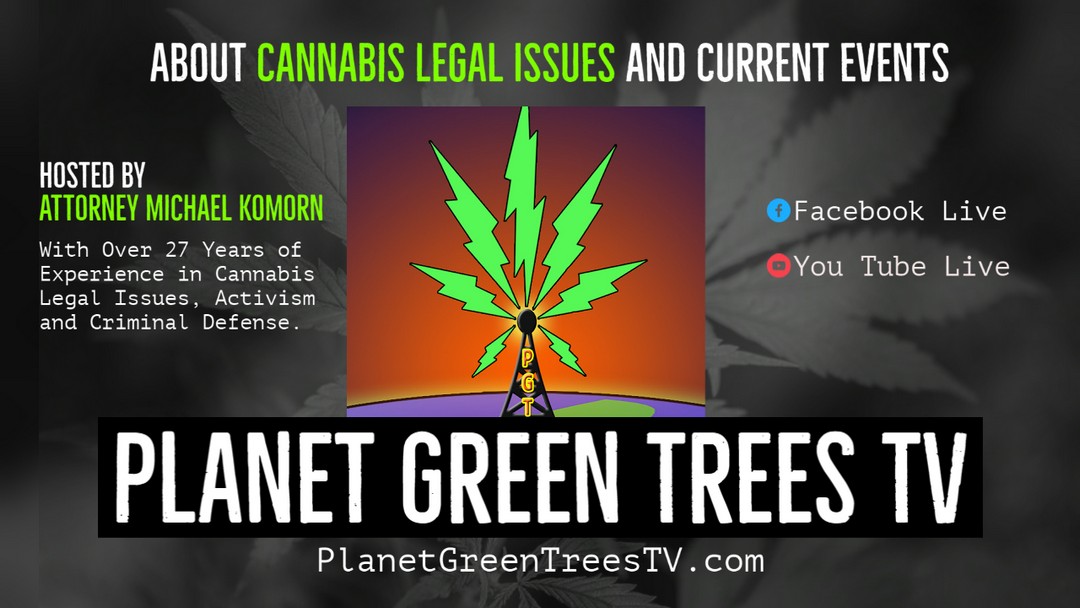Controlled Substances Benchbook (REV 2019)
The Michigan Judicial Institute (MJI) Publications Team is primarily responsible for revising and updating in-house publications. Updates occur regularly for any book affected by recent court or legislative activity. Each publication indicates through which date it is current. Revisions occur on a rotating basis and with the assistance of an editorial advisory committee.
Chapter 1: Overview
This chapter discusses the structure of Article 7 of the Public Health Code (PHC), MCL 333.7101 et seq.,1 and summarizes the contents of each part of the article. This chapter also addresses procedural issues and reporting requirements relevant to controlled substance offenses.
The Controlled Substances Benchbook focuses primarily on criminal drug offenses described in Article 7 of the PHC (Article 7 of the PHC means Article 7 of the Public Health Code, MCL 333.7101 et seq. Article 7 is the controlled substances article), and some controlled substance offenses found in other articles of the PHC and different acts. Other topics discussed in this benchbook include specific licensee and practitioner violations, sentencing, defenses, evidentiary issues specific to controlled substance proceedings, problem-solving courts, and forfeiture proceedings under Article 7 of the PHC.
Additional matters regulated by Article 7 of the PHC but not addressed in this benchbook include licensure proceedings, civil administrative actions involving licensure, and the Board of Pharmacy’s substance classification procedures. A discussion of these matters is beyond the scope of this benchbook. Because Article 7 of the PHC does not apply to the regulation of alcoholic beverages or over-the-counter drugs, discussion of those topics is also beyond the scope of this benchbook.
See MCL 333.7208 and MCL 333.7227. A detailed discussion of offenses involving operating a motor vehicle while intoxicated can be found in the Michigan Judicial Institute’s Traffic Benchbook, Chapter 9. A drug dealer’s civil liability under MCL 691.1601 et seq. is also outside the scope of this benchbook.
For over 25 years Komorn Law has succesfully defended clients charged or arrested for criminal offenses for drugged driving, DUI, Marijuana, CCE, Conspiricy and more. Read client reviews here on AVVO.
Article 7 of the Public Health Code
Controlled substances are the focus of Article 7 of the PHC. Article 7 is divided into five parts:
- A. Part 71—Definitions and General Provisions
- B. Part 72—Controlled Substances Schedules
- C. Part 73—Licensed Manufacture and Distribution of Controlled Substances
- D. Part 74—Criminal Offenses and Penalties
- E. Part 75—Provisions for Enforcement and Administration
A. Part 71—Definitions and General Provisions
Part 71 of Article 7 of the PHC contains definitions for terms appearing in Article 7 and guidelines for construction and application of the PHC. See MCL 333.7101 to MCL 333.7109; MCL 333.7121 to MCL 333.7125. Part 71 also provides structural information about the members and duties of the controlled substances advisory commission. See MCL 333.7111 to MCL 333.7113. The advisory commission consists of “13 voting members appointed by the governor with the advice and consent of the senate[.]” MCL 333.7111(1). The advisory commission monitors “indicators of controlled substance abuse and diversion” and publishes an annual report that includes information on the status of abuse and diversion in Michigan and may include recommendations for action. MCL 333.7113(1)-(3).
B.Part 72—Controlled Substances Schedules
Part 72 contains information regarding the administration of Article 7 of the PHC by the Michigan Board of Pharmacy (hereafter the “administrator”). See MCL 333.7201 to MCL 333.7206. The administrator is charged with administering Article 7 of the PHC, “and may add substances to, or delete or reschedule all substances enumerated in the schedules in [MCL 333.7212, MCL 333.7214, MCL 333.7216, MCL 333.7218, and MCL 333.7220], in compliance with the [Administrative Procedures Act of 1969 (APA), MCL 24.201 et seq.]” MCL 333.7201.
The PHC’s delegation of the classification of additional substances through the use of administrative rules is constitutional. People v Turmon, 417 Mich 638, 641-642 (1983) (“We hold that the Legislature’s delegation of authority to add controlled substances to pre-existing schedules in accordance with specific criteria is not an unlawful delegation of power despite the fact that penal consequences flow from violation of the [administrator’s] rules. The statute contains sufficient standards and safeguards to avoid infirmity under both separation of powers and due process challenges.”) The Court further concluded that “the delegation of authority to the Board of Pharmacy is valid and constitutes neither an unconstitutional delegation of authority nor allows the board to act in an arbitrary or discriminatory manner.” Id. at 648. “[A]dministrative rules have the force and effect of law.” Bloomfield Twp v Kane, 302 Mich App 170, 183-184 (2013) (“In the area of drug regulation, resort to the flexibility of administrative rules is necessary because new drugs are developed and introduced at a rapid rate. Therefore, the Legislature’s delegation to the Board of Pharmacy the authority to create penal consequences from board rules is not constitutionally infirm.”) (Citation omitted.)
The administrator determines which controlled substances are assigned to each of the schedules. MCL 333.7201.
“In making a determination regarding a substance, the administrator shall consider all of the following:
(a) The actual or relative potential for abuse.
(b) The scientific evidence of its pharmacological effect, if known.
(c) The state of current scientific knowledge regarding the substance.
(d) The history and current pattern of abuse.
(e) The scope, duration, and significance of abuse.
(f) The risk to the public health.
(g) The potential of the substance to produce psychic or physiological dependence liability.
(h) Whether the substance is an immediate precursor of a substance already controlled under [Article 7 of the PHC].” MCL 333.7202(1)(a)-(h).
If a substance is the subject of an emergency rule, the administrator must consider all of the above-listed factors when determining whether to schedule it, as well as whether he or she “has been notified that the substance constitutes an imminent danger[.]” MCL 333.7202(2).
Lists of controlled substances comprising each of the five schedules are found in Part 72. See MCL 333.7212 (schedule 1); MCL 333.7214 (schedule 2); MCL 333.7216 (schedule 3); MCL 333.7218 (schedule 4); MCL 333.7220 (schedule 5). Part 72 also provides information regarding substances that are excluded from the formal lists of controlled substances regulated by Article 7 of the PHC. See MCL 333.7227; MCL 333.7229. Additionally, substances may be scheduled by administrative rule. MCL 333.7201. Mich Admin Code, R 338.3111 to R 338.3129 cover controlled substance schedules.
Substances with the highest potential for abuse and no accepted medical use are classified in schedule 1; the schedules flow in descending order of severity through schedule 5, which contains substances with a low potential for abuse relative to the controlled substances listed in schedule 4 and which have a currently accepted medical use. See MCL 333.7211; MCL 333.7213; MCL 333.7215; MCL 333.7217; MCL 333.7219.
Pronunciation guides are not included in the statutory lists of scheduled controlled substances. However, audio pronunciations are available from How To Pronounce, a free online pronunciation dictionary, by typing in the term for which a pronunciation is desired.
“The administrator shall place a substance in schedule 1 if it finds that the substance has high potential for abuse and has no accepted medical use in treatment in the United States or lacks accepted safety for use in treatment under medical supervision.” MCL 333.7211.
Controlled substances classified in schedule 1 are listed in their entirety in MCL 333.7212(1)(a)-(x). Examples of schedule 1 substances include marijuana,1 synthetic equivalents of the substance found in marijuana, opiates and opium derivatives (e.g., heroin), hallucinogenics (e.g., LSD, peyote, mescaline, and psilocybin), MDMA (ecstasy), BZP, naphyrone (“rave”), and methylenedioxypyrovalerone (“bath salts”).
Substances not included in schedule 1. 11-carboxy-THC, “a byproduct of metabolism created when the body breaks down the psychoactive ingredient of marijuana,” is not a schedule 1 controlled substance because the Legislature did not intend for it to be a schedule 1 controlled substance under MCL 333.7212. People v Feezel, 486 Mich 184, 204-205, 207-212 (2010), overruling People v Derror, 475 Mich 316 (2006), to the extent that it conflicts with the holding in Feezel.
Narcotic drugs. Statutory language describing offenses involving schedule 1 substances sometimes limits the substances included to narcotic drugs. See, e.g., MCL 333.7401(2)(a). In general, opium and opiate, and any salt, compound, derivative, or preparation of opium or opiate is classified as a narcotic drug, whether the drug is produced by natural extraction, chemical synthesis, or a combination of extraction and synthesis. MCL 333.7107(a). In addition, “[a]ny salt, compound, isomer, derivative, or preparation thereof which is chemically equivalent or identical with any of the substances referred to in [MCL 333.7107(a)], but not including the isoquinoline alkaloids of opium[,]” is classified as a narcotic drug, whether the drug is produced by natural extraction, chemical synthesis, or a combination of extraction and synthesis. MCL 333.7107(b). Narcotic drugs in schedule 1 are listed in MCL 333.7212(1)(a)-(b).
“The administrator shall place a substance in schedule 2 if it finds all of the following:
(a) The substance has high potential for abuse.
(b) The substance has currently accepted medical use in treatment in the United States, or currently accepted medical use with severe restrictions.
(c) The abuse of the substance may lead to severe psychic or physical dependence.” MCL 333.7213.
Controlled substances classified in schedule 2 are listed in their entirety in MCL 333.7214(a)-(f). Examples of schedule 2 substances include opium and opiate and their derivatives (e.g., codeine, morphine, methadone, hydrocodone, and oxycodone), coca leaves and derivatives (cocaine and cocaine-related substances), amphetamines, any substance containing methamphetamine, and central nervous system depressants (e.g., methaqualone and secobarbital).2
Narcotic drugs. Statutory language describing offenses involving schedule 2 substances sometimes limits the substances included to narcotic drugs. See, e.g., MCL 333.7401(2)(a). In general, opium and opiate, and any salt, compound, derivative, or preparation of opium or opiate is classified as a narcotic drug, whether the drug is produced by natural extraction, chemical synthesis, or a combination of extraction and synthesis. MCL 333.7107(a). In addition, “[a]ny salt, compound, isomer, derivative, or preparation thereof which is chemically equivalent or identical with any of the substances referred to in [MCL 333.7107(a)], but not including the isoquinoline alkaloids of opium[,]” is classified as a narcotic drug, whether the drug is produced by natural extraction, chemical synthesis, or a combination of extraction and synthesis. MCL 333.7107(b). Narcotic drugs in schedule 2 are found in MCL 333.7214(a)(i)-(ii), and MCL 333.7214(b).
“The administrator shall place a substance in schedule 3 if it finds all of the following:
(a) The substance has a potential for abuse less than the substances listed in schedules 1 and 2.
(b) The substance has currently accepted medical use in treatment in the United States.
(c) Abuse of the substance may lead to moderate or low physical dependence or high psychological dependence.” MCL 333.7215.
Controlled substances classified in schedule 3 are listed in their entirety in MCL 333.7216(1)(a)-(h). Examples of schedule 3 substances include certain stimulants and depressants, and materials, compounds, mixtures, or preparations containing limited quantities of certain listed narcotic drugs. Precise amounts for the specific substances are described in MCL 333.7216(1)(g)(i)-(viii).
“The administrator shall place a substance in schedule 4 if it finds all of the following:
(a) The substance has a low potential for abuse relative to substances in schedule 3.
(b) The substance has currently accepted medical use in treatment in the United States.
(c) Abuse of the substance may lead to limited physical dependence or psychological dependence relative to the substances in schedule 3.” MCL 333.7217.
Controlled substances classified in schedule 4 are listed in their entirety in MCL 333.7218(1)(a)-(c). Examples of schedule 4 substances include barbital (and other substances having a depressant effect on the central nervous system), fenfluramine, diethylpropion, and cathine.
Further, “Zolpidem is a sedative used to treat insomnia that is sold under the brand name Ambien[,]” and “is classified as a schedule-4 controlled substance pursuant to Mich Admin Code[,] R 338.3123(1).”3 Bloomfield Twp v Kane, 302 Mich App 170, 173, 183-184 (2013) (noting that the PHC “appropriately delegates classification of additional drugs through the use of administrative rules, [see MCL 333.7201,] and administrative rules have the force and effect of law[]”).
“The administrator shall place a substance in schedule 5 if it finds all of the following:
(a) The substance has low potential for abuse relative to the controlled substances listed in schedule 4.
(b) The substance has currently accepted medical use in treatment in the United States.
(c) The substance has limited physical dependence or psychological dependence liability relative to the controlled substances listed in schedule 4 or the incidence of abuse is such that the substance should be dispensed by a practitioner.” MCL 333.7219.
Controlled substances classified in schedule 5 are listed in their entirety in MCL 333.7220(1)(a)-(c). Examples of schedule 5 substances include loperamide, substances containing limited quantities of a narcotic drug and at least one non-narcotic drug with medicinal value so that the combination of the narcotic and non-narcotic drug results in a substance having valuable medicinal qualities other than the qualities of the narcotic drug itself, and specific forms of ephedrine and ephedrine-related substances.
6.Substances Excluded From Schedules
Specific substances are explicitly excluded from the controlled substances schedules:
•“A nonnarcotic substance that under the federal food, drug and cosmetic act may be lawfully dispensed without a prescription is excluded from all schedules pursuant to [MCL 333.7208(2)].” MCL 333.7227(1).
•“A substance that contains 1 or more controlled substances in a proportion or concentration to vitiate the potential for abuse is excluded.” MCL 333.7227(1).
However, there is an exception to the exclusion. “Substances included in schedule 5 under [MCL 333.7220(1)(c)] are not excluded under [MCL 333.7227(1)].” MCL 333.7227(2).
“An excluded substance is a deleterious drug and may be manufactured, distributed, or dispensed only by a person who is registered to manufacture, distribute, or dispense a controlled substance under [MCL 333.7208(2)].” MCL 333.7227(3).
“A compound, mixture, or preparation containing a depressant or stimulant substance or of similar quantitative composition shown in federal regulations as an excepted compound or which is the same except that it contains a lesser quantity of a controlled substance or other substances which do not have a stimulant, depressant, or hallucinogenic effect, and which is restricted by law to dispensing on prescription is excepted from [schedules 1 to 5]. Compliance with federal law respecting an excepted compound is considered compliance with this section.” MCL 333.7229. See Section 2.3(C) for a discussion on the meaning of the term mixture.
C. Part 73—Licensed Manufacture and Distribution of Controlled Substances
Part 73 gives the administrator the power to promulgate rules relating to the licensure and control of the manufacture, distribution, and prescription of controlled substances. MCL 333.7301. Additionally, it sets forth requirements for the labeling and identification of controlled substances. MCL 333.7302; MCL 333.7302a. In regard to licensure itself, it sets forth the circumstances under which a license is required, the privileges associated with licensure, the recordkeeping requirements associated with licensure, and exemptions from licensure. MCL 333.7303; MCL 333.7303a; MCL 333.7304. Further, it provides details regarding disciplinary actions and factors to consider when determining whether license revocation or denial is appropriate as well as procedures for reinstatement of licensure. MCL 333.7311; MCL 333.7314; MCL 333.7315. Part 73 also addresses monitoring; it provides for the electronic monitoring of schedule 2, 3, 4, and 5 controlled substances that are dispensed and requires the submission of information upon the sale of ephedrine or pseudoephedrine. MCL 333.7333a; MCL 333.7340a. Finally, Part 73 criminalizes certain behavior associated with the distribution of controlled substances. MCL 333.7339; MCL 333.7340; MCL 333.7340a; MCL 333.7340c. These licensee and practitioner violations are discussed in Chapter 4.
D. Part 74—Criminal Offenses and Penalties
With the exception of the offenses found in Part 73, (MCL 333.7339; MCL 333.7340; MCL 333.7340a; MCL 333.7340c), all criminal offenses involving controlled substances and the corresponding penalties are contained in Part 74. Chapters 2 and 3 discuss in detail most of the criminal offenses appearing in Part 74. Licensee and practitioner violations are discussed in Chapter 4.
E. Part 75—Provisions for Enforcement and Administration
Part 75 governs the execution of administrative inspections under Article 7 of the PHC and describes the procedure for obtaining an administrative inspection warrant, the scope of administrative inspections, and the authority of agents conducting inspections. See MCL 333.7502 to MCL 333.7515. It also authorizes warrantless arrests in cases where a law enforcement officer has probable cause to believe an individual has violated Article 7 of the PHC, if the violation is punishable by more than one year of imprisonment. MCL 333.7501. Part 75 also addresses the seizure, storage, and disposition of property subject to forfeiture, which is discussed in detail in Chapter 11. See MCL 333.7521 to MCL 333.7525. It also addresses the destruction of controlled substances seized as evidence and the burden of proof regarding exemptions or exceptions. MCL 333.7527; MCL 333.7531. Finally, it discusses judicial review of the findings of the administrator and the powers and duties of the administrator. MCL 333.7533 to MCL 333.7545.
1 To date, federal authority still classifies marijuana as a schedule 1 controlled substance. See 21 USC 812(c). Also, note that “[m]arihuana, including pharmaceutical-grade cannabis, is a schedule 2 controlled substance if it is manufactured, obtained, stored, dispensed, possessed, grown, or disposed of in compliance with [the PHC] and as authorized by federal authority.” MCL 333.7212(2).
2 Marijuana is regulated as a schedule 2 substance “only for the purpose of treating a debilitating medical condition as that term is defined in [MCL 333.26423(b)], and as authorized under [the PHC].” MCL 333.7214(e). Under MCL 333.7212(2), “[m]arihuana, including pharmaceutical-grade cannabis, is a schedule 2 controlled substance if it is manufactured, obtained, stored, dispensed, possessed, grown, or disposed of in compliance with [the PHC] and as authorized by federal authority.” (Emphasis added.) To date, federal authority still classifies marijuana as a schedule 1 controlled substance. See 21 USC 812(c).
3 Currently, Zolpidem is classified as a schedule 4 substance in Mich Admin Code, R 338.3123(1)(hhh).
See the full PDF Controlled Substances Benchbook – Michigan Justice Institute Controlled Substance Benchbook
